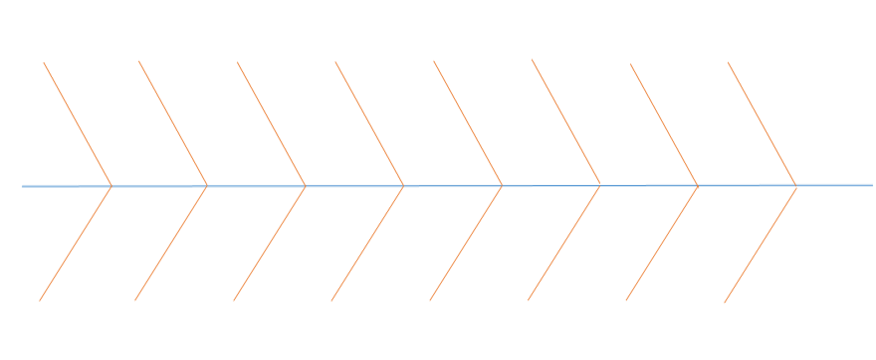Factor Selection for a Screening Experiment
Factor selection is undoubtedly one of the most important considerations when creating a designed experiment. Carefully choosing the factors you vary increases the chances of extracting useful information. If you miss an important factor you will miss information or potentially draw the wrong conclusions from the results. Not controlling an important factor can also result in excessive variation between otherwise identical reactions, this means that although the process may achieve promising results, there may be problems with it at a later date.
A designed experiment should either investigate or control all known or expected sources of variability. A factor, variable or parameter is any independent setting which can be controlled, whose levels are believed to affect the outcome of the experiment, for example, temperature, reagent amount, concentration.
A large part of our work is analysing reactions and using experimental design to improve their output. Before setting up a design we typically identify at least 12 potentially significant parameters (PSPs) which are factors we think require a little extra thought to see if they should be studied in a design. We invite you to list the PSPs for the common reaction in the scheme below. We often use a fishbone diagram for this as it lists the factors clearly and gives space for expanding each factor. Check back to see the next post where we will upload our fishbone diagram and discuss factor selection in more detail.

